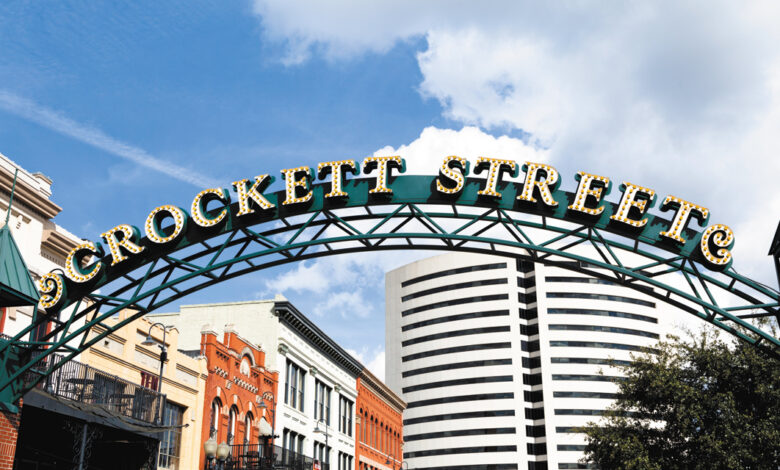

Tier 2: Smaller City, Smaller Price Tag, Big Fun
Being in the No. 1 block is a nice distinction – it carries weight. New York and Los Angeles and Chicago all have their big-city pros, but they also have big-city cons to combat: expense, congestion and competition, to name a few.
That’s why so many planners are choosing Tier 2 cities for their events: Tampa over Orlando. Beaumont over Dallas. Richmond, Virginia, over Washington, D.C.
Smaller cities are on the rise due to the cost of doing business. And as industry attracts new residents, new residents demand more in the way of attractions and activities. More parks, more hotels, more entertainment, more convenience, more fun – all of it a fraction of the cost of the supposed heavy hitters.
That’s not to even mention the personalized service you’ll receive. The mayor in a big city may not have time to meet with you, but he or she might in a smaller destination. Just ask Freddie Willard, director of sales for the Beaumont Convention & Visitors Bureau. The city recently hosted a state association with 900 attendees, but at first its president was a vocal skeptic.
“I picked him up from our airport for a site visit, and he literally told me that he was thinking about changing destinations,” she recalls. “During the site visit, I told him I had a quick stop to make. I took him to a City Council meeting where I had it set up for our Mayor and City Council members to welcome him to Beaumont and tell him how much they appreciated him considering Beaumont.
“The meeting facilities and hotels were a perfect fit, but I had to remind him of the perks that came along with a smaller destination, such as no parking fees, no traffic and lower hotel rates.”
In the end, Texas hospitality – and a creative Mardi Gras-themed event idea – won him over.
“We lined up a Zydeco band and arranged for King cakes for each table. Our staff acted as judges for the Best Mardi Gras Costume contest that we suggested as well. Overall, he was impressed with and overwhelmed by our hospitality.”
Tech Trends: Virtually There
The headsets are getting less clunky. And honestly, most people still haven’t even tried it. But virtual reality tech has been making headway at events and even in the realm of telecommuting, and that trend is only going to continue as the tech gets better and more affordable. So how can you begin to integrate it into your meetings?
> Holy Hologram! After you and everyone you know sends the “Help me, Obi-Wan…you’re my only hope” message, it’s time to use this technology for something less frivolous. With 3D imaging getting increasingly better, speakers will likely be doing away with PowerPoints in favor of holographic presentations.
> Site seen. Sorta. Imagine being able to eradicate the travel time and expense associated with far-off site inspections! Facilities are already using VR to give planners and clients comprehensive tours of their venues. Sure, in the end you’ll still need to head out to your final selection, but the whittling-down process can happen from just about anywhere.
> Teleconferencing 2.0. A recent Wall Street Journal article tackled this topic with aplomb and raised an interesting question: Will avatars at office meetings make people feel more connected? The jury is still out as the tech continues to evolve but it will certainly be a powerful tool, if not an all-out replacement for face-to-face interaction. Experts say as VR gets increasingly “realer,” everything from eye contact to body language – even smells and touch – could make the experience eerily accurate.
Author Amy Drew Thompson is a meetings and travel writer based in Florida.
Photo credit: ©iStock/fstop123




